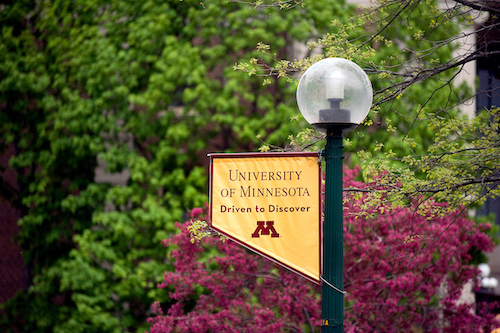
StudyFinder
Apologies, this page is not available.
MT2012-11C: Second or Greater Allogeneic Hematopoietic Stem Cell Transplant Using Reduced Intensity Conditioning (RIC)

Status: Recruiting
The primary purpose of this study is to record outcomes and patient characteristics in the Masonic Cancer Center and BMT databases for patients who are undergoing an allogeneic (donor) hematopoietic stem cell transplant. The data will be analyzed for transplant “milestones” such as time to blood count recovery (engraftment) and how patients are doing at 3 months and 6 months after the transplant. Participation in this study will not alter treatment or medical care. All information for this study will be collected from medical records.
Sex: Male or Female
Age Group: Not specified
Inclusion Criteria:
• up to 55 years old
• diagnosis of any disease for which a second or greater hematopoietic stem cell transplant (HSCT) is needed
• see link to clinicaltrials.gov for complete inclusion and exclusion criteria
Exclusion Criteria:
• women who are pregnant or breastfeeding
• active, uncontrolled infection
• HIV positive
Conditions:
Blood Disorders
Keywords:
Hematologic Disorders, Hemoglobinopathies, HSCT, Immunodeficiencies, Stem Cell Transplant, Clinics and Surgery Center (CSC)
Study Contact: Teresa Bekkala - tkivist1@fairview.org
Principal Investigator: Troy Lund
Phase: NA
IRB Number: 1207M17641
See this study on ClinicalTrials.gov